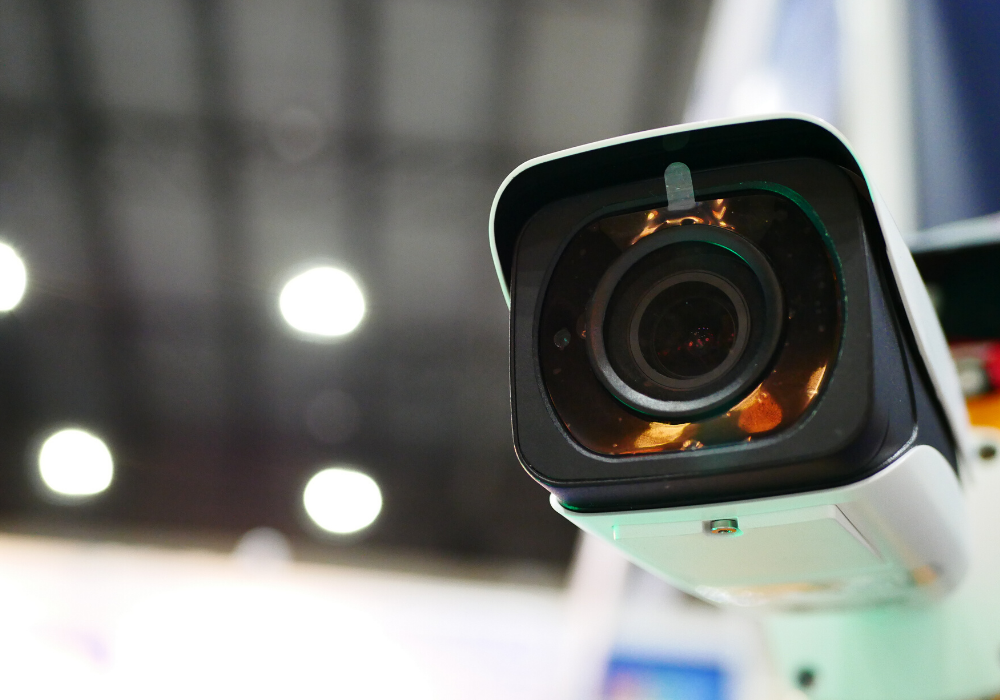
Nasdaq has enhanced market surveillance of its US stock exchange following the introduction of artificial intelligence (AI) and transfer learning to improve detection of malicious activity. Transfer learning is a machine learning method where a model developed for a task is reused as the starting point for a model on a second task. The company plans to push use of the technology to other exchanges and regulators through its Market Technology business, and will implement it in other Nasdaq markets. In time, it will also extend the range of scenarios the system detects.
The technology supports automated detection, investigation and analysis of potentially abusive or disorderly trading, and is the result of collaboration between Nasdaq’s Market Technology business, Machine Intelligence Lab and US market surveillance unit. It provides deep learning, allowing computers to understand extremely complex patterns and hidden relationships in massive amounts of data, and learn invariant representations; and transfer learning to create new models from old models and achieve rapid implementation, scalable model development, and detection of new forms of financial crime in new markets. Human-in-the-loop learning allows analysts to share their expertise with the machine, while human assisted model improvement leads to more signal and less noise in flagged examples.
Tony Sio, vice president and head of marketplace regulatory technology at Nasdaq, says that by training models based on their experience in monitoring data directly from the trading engine of the Nasdaq stock exchange, and using transfer learning, the company has built a framework that can provide learning to other marketplaces.
Martina Rejsjo, vice president and head of market surveillance, North America equities at Nasdaq, comments: “By incorporating AI into our monitoring systems, we are sharpening our detection capabilities and broadening our view of market activity to safeguard the integrity of our country’s markets.”
Subscribe to our newsletter





